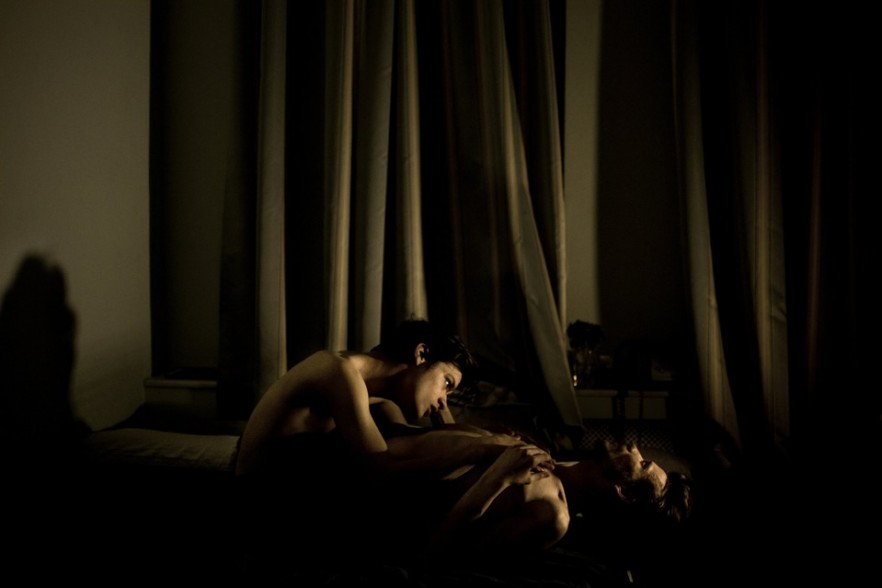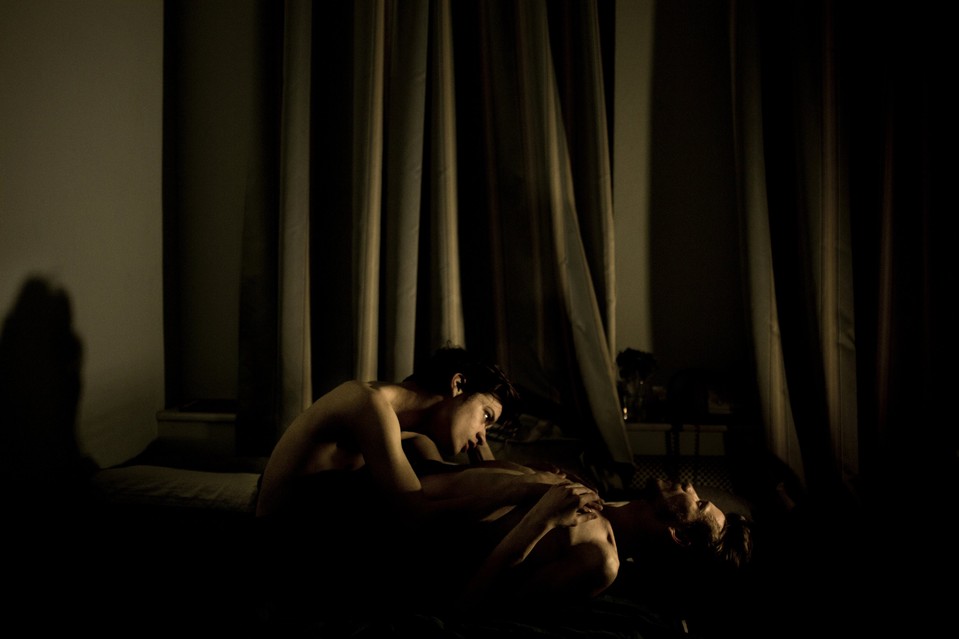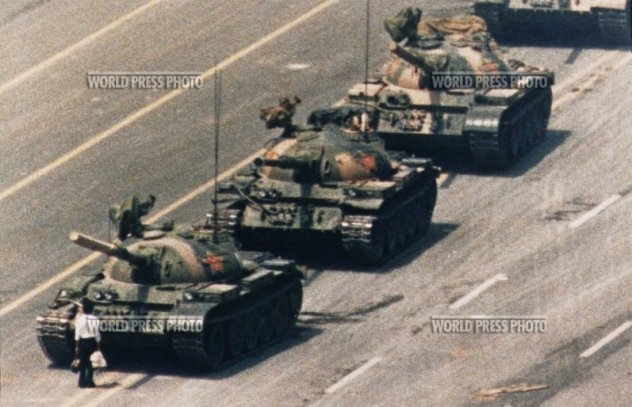Curious Facts About the World Press Photo Exhibition
Ever since 1955, April is traditionally the month when the year’s winners of the World Press Photo contest are shown up for the eyes of the public through the main exhibition staged in Amsterdam. It’s always a highly anticipated event and there’s always enough buzz around it to turn it into one of the most visited exhibitions of the year. No exception this year, the anticipation is high. The World Press Photo Exhibition 2016 just opened its doors to the public in Amsterdam’s Nieuwe Kerk, just off of the city’s Dam Square, right in the heart of the centre, and the exhibition will be on until early July while it heads out into its traditional tour de force around the world already by the end of April.
Like to visit this year’s World Press Photo Exhibition? Have a look here for current and upcoming exhibitions around the world.
Looking back at the 60 years since it’s humble beginnings, a lot has happened. There have been a fair share of controversies as well, maybe one of the biggest ones is in fact related to one of this year’s original winners. World Press Photo (WPP) is the most prestigious contest of photojournalism in the world, and the standards to maintain high quality are rigorous. However, in today’s fast-changing world, not the least in regards to technological development, the task becomes harder and harder. The same problem happened last year when one of the original winners of the 2015 prizes, Giovanni Troilo, after a serial twist and turns of events eventually got stripped of his prize, amidst some controversy. Troilo’s Contemporary Issues series “The Dark Heart of Europe” – a supposed documentary about the Belgian town of Charleroi, which would serve as a symbol for a Europe in decline – turned out to be both staged and also included images from Brussels, totally against the guidelines of the WPP.
The official explanation and motivation for stripping Troilo of the prize confirmed that “the story was not in compliance with the entry rules and therefore the award must be revoked.” It’s worth to note, however, that while the work is still beautiful, thought-provoking and worthy, the problem with it is that it goes beyond journalism. The new winner of the Prize is another Italian, Giulio di Sturco, for his documentary of the booming Chinese film industry, entitled “Chollywood“. The main prize for the year highlights another current topic that has created controversy, namely the situation of the gay community in today’s Russia.
But World Press Photo isn’t only about controversies, it’s much more than so. It is simply one of the most important stages for photo journalism and often mentioned in the same breath as the world-renowned Cartier-Bresson and Frank Capa founded Magnum Photo Agency – although the two organisations approach photo journalism from different angles. But what else has happened during these decades worth remembering? By highlighting some facts we’d like you to have a deeper understanding for the work carried out by the World Press Photo Board and encourage you to visit the exhibition in Amsterdam, or at some of the other locations where the exhibition will turn up later in the year. Where exactly? Please see at the end of this article.
The World Press Photo History
The first edition of the contest was initiated by the Dutch Journalists’ Union, who turned their earlier ‘Silver Camera‘ (‘Zilveren Camera‘ in Dutch) Award towards an international public with the aim of increasing the profile of their own members. The first edition attracted photographers from 11 countries and some 300 photos by some 42 photographers entered the contest. The growth was continuous in the decades that followed, with a dramatic explosion of contributions observed in the 1990s. Today the annual contests get contributions from well over 5,000 participants from around 125 countries, who together send in close to 100,000 photographs. The prize has been awarded yearly since 1955 with the exception of 1959, 1961 and 1970 when the contests were not held for various reasons.
The World Press Photo Categories
Back in 1955 the contest included just two categories, News and Sports for single images and Features and Picture Stories for photo stories. Slowly the repertoire got extended into further categories, for instance in 1965 the colour photo category got introduced. While names and categorisation changed over the decades, the organisation has maintained the same format, more or less, since the late seventies. Today the categories are – besides the most onerous World Press Photo of The Year – Spot News, General News, People, Sports, Contemporary Issues, Daily Life, Portraits and Nature.
The World Press Photo Jury
The first edition of the event had five jury members, from The Netherlands (naturally), Belgium, United Kingdom, West Germany and France. Soon enough the jury got extended and it was an early determination to make the prize global and involving members from the other side of the ‘Iron Curtain’ as well. Thus, WPP almost turned into a mini-United Nations. The political controversies were part of life in this setting as well, with jury members both from the United States and the Soviet Union, their votes often neutralising each other. Today the jury members come from industrial nations and the developing world, from West and East, from all manner of religious and political backgrounds. The composition of the jury changes every year and is carefully selected.
The World Press Photo Organisation
Not surprisingly, WPP is organised as a foundation with its base in Amsterdam and is run as an independent, non-profit organisation. Since the 1960s the foundation has had full-time employees to currently have some 30 people employed. The main activities of WPP include the organisation of the annual contest, the related exhibitions, the stimulation of photojournalism through educational programs and the WPP Academy, and to create visibility for press photography through a variety of publications.
The World Press Photo Legacy
While each year we curiously look at our world through the lenses of the WPP photographers and the the year’s documented current events, it is important to keep in mind that the WPP archives are an important part of our history. A lot has happened since the 1950s and the resulting archive of partaking and winning images is not only a record of more than half a century of human history, but also a documentary of the importance and development of photojournalism, and actually photography as an art form.
The World Press Photo Fame
Some of the past winners of the World Press Photo of The year Awards are nowadays iconic images of our modern history. If we would highlight the most important ones it would be impossible not to mention the ‘Tank Man’ from the 1989 Tiananmen Square massacre, a symbol for the momentous change that took place in China soon thereafter. The major breakthrough of the WPP to be considered is, however, the images from the Vietnam War and specifically the 1972 winner of the haunting image of the naked children fleeing after the napalm bomb attack mistakenly dropped by South Vietnam on its own population, an image that likely contributed to the increased opposition in America against the War.
The World Press Photo Tour of the World
While the most important exhibition the WPP Foundation organises is the one in Amsterdam’s Nieuwe Kerk on Dam Square, the exhibition visits numerous locations around the world, thereby increasing the possibility for many more to see the year in retrospect and increase awareness for the world around us. This year already the last weekend of April will be the start for some of the satellite exhibitions. Here you can find an overview.
“WE EXIST TO INSPIRE UNDERSTANDING OF THE WORLD THROUGH QUALITY PHOTOJOURNALISM.”


